
What Are the Most Common Pieces of Evidence Presented for Bigfoot’s Existence?
Bigfoot enthusiasts often present the following types of evidence as “proof” of the creature’s existence:
- Footprints: Large tracks resembling human-like footprints have been found in remote areas. One of the most famous examples is the Patterson-Gimlin prints, discovered alongside the alleged 1967 film footage.
- Hair and DNA samples: Over the years, researchers have collected tufts of hair, skin, and even fecal matter that are believed to belong to Bigfoot. However, most of these samples have been inconclusive, often matching known animals (bears, elk, or even humans).
- Eyewitness accounts: Thousands of people claim to have seen Bigfoot, reporting consistent descriptions of a large, bipedal, hairy creature. These sightings span across the globe, suggesting a wide cultural influence.
- Videos and photos: The Patterson-Gimlin film remains the most infamous footage, but many other blurry, shaky, or unclear photos exist. Unfortunately, most modern evidence has been criticized for being easily doctored or unreliable.
Skeptics argue that much of this evidence can be attributed to hoaxes, misinterpretations, or poor scientific collection methods.
Bigfoot’s roots dig deep, connecting to tales and stories that span generations. Indigenous peoples, such as various Native American tribes, have long spoken of large, mysterious creatures residing in forests. Their stories often describe beings that share traits with the Sasquatch we talk about today—towering, elusive figures whose presence sparks awe and wonder. These narratives laid a foundational belief that echoes into modern times, preserving Bigfoot’s place in our collective imagination.
Bigfoot Across Cultures: A Global Phenomenon
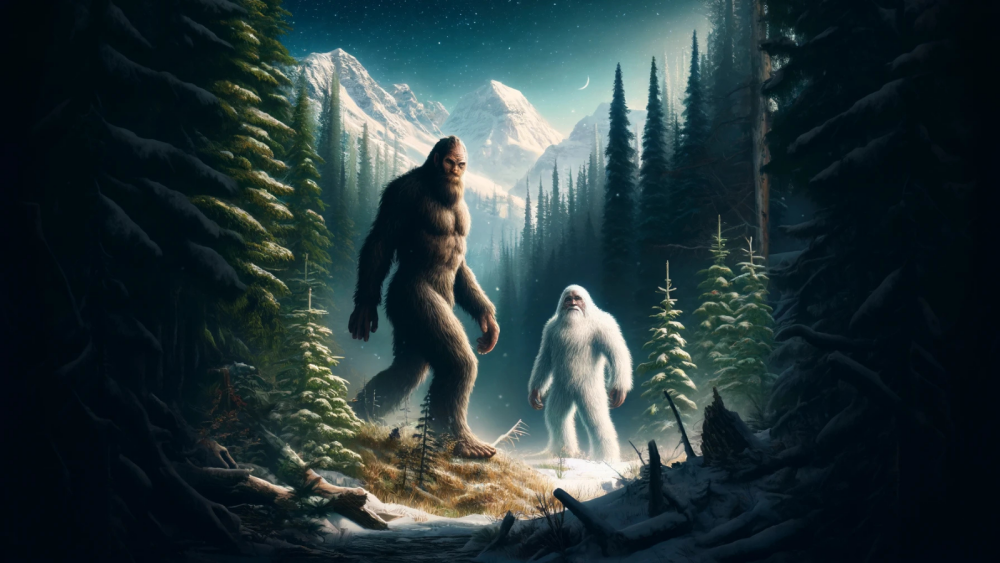
Bigfoot’s lore isn’t confined to North America. Across the globe, similar myths and legends capture humanity’s fascination with mysterious creatures. One famous example is the Himalayan Yeti, also known as the Abominable Snowman. This elusive figure shares striking similarities with Bigfoot, reminding us that human curiosity about cryptids spans cultures and continents.
Time for an adventure
To dive deeper into the psychology and culture behind Bigfoot, check out my book, Exploring the Mind: Understanding Why People Believe in Bigfoot. And if you’re inspired to start your own search, grab a copy of Wildfoot’s Beginner’s Guide to Sasquatch Hunting to learn how to track signs, understand myths, and start your adventure.
For a closer look at how global cultures shape the Bigfoot phenomenon, don’t miss Exploring the Mind: Understanding Why People Believe in Bigfoot. This book uncovers how cultural myths feed our fascination with Sasquatch-like creatures.
Bigfoot Enters Pop Culture
The 1967 Patterson-Gimlin film propelled Bigfoot from folklore into the mainstream, capturing imaginations worldwide. This short, grainy footage claimed to show Bigfoot walking along a creek. Since then, Bigfoot has cemented its place as a pop culture icon, appearing in movies, books, and even advertising campaigns.
Could a Species Like Bigfoot Exist Without Being Discovered by Modern Science?
Theoretically, yes, but it’s unlikely. While skeptics generally dismiss the idea, there are scientific arguments supporting both sides:
- In Favor:
Species have been discovered in remote regions after previously being thought extinct or mythical. For example, the coelacanth fish was considered extinct for 65 million years until its discovery in 1938. The dense forests of North America could potentially conceal a large primate—especially in regions like the Pacific Northwest or Alberta’s Rockies, where human foot traffic is minimal. - Against:
Modern advancements in technology, such as satellite imaging, GPS, and drones, make it difficult to believe that an entire species could avoid detection indefinitely. Additionally, large animals require extensive ecosystems for food and reproduction. Skeptics argue that by now, at least one body, bone, or unexplainable DNA sample should have surfaced.
The balance between discovery and mystery lies in the fact that large, mysterious animals (like Bigfoot) would require a breeding population, and it seems improbable that they’ve remained hidden this long.
As Bigfoot gained visibility, enthusiasts with cameras and notepads headed into forests, hoping to capture evidence themselves. This explosion of interest reinforced Bigfoot’s mythical status while deepening its connection to popular culture.
Want to start your own Bigfoot journey? Wildfoot’s Beginner’s Guide to Sasquatch Hunting provides practical tips and tools to help you hit the ground running. Learn how to track footprints, identify signs, and explore Bigfoot hotspots.
Why Does Bigfoot Captivate Us?
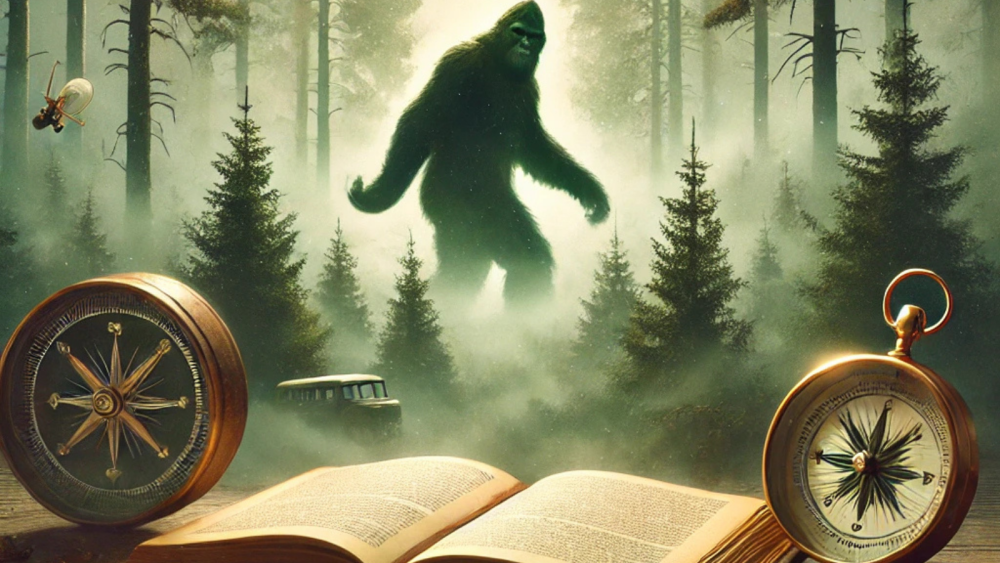
In a world where so much has been discovered and explained, Bigfoot represents the allure of the unknown. Its mystery sparks both curiosity and wonder, drawing people to forests and fueling late-night conversations around campfires.
Bigfoot’s enduring fascination also stems from its ambiguity. It exists on the edge of possibility, keeping skeptics and believers engaged. This blend of mystery and hope makes Bigfoot a symbol of humanity’s desire to explore uncharted territories.
To understand why people are drawn to Bigfoot, delve into Exploring the Mind: Understanding Why People Believe in Bigfoot. For those ready to explore the outdoors, Wildfoot’s Beginner’s Guide to Sasquatch Hunting is your ultimate field guide.
Inspecting Claims and Evidence
Eyewitness Accounts
Eyewitness stories form the backbone of Bigfoot claims, ranging from chance encounters in the wilderness to eerie campfire tales. But human memory can be unreliable, and perceptions are often skewed in moments of fear or excitement.
Footprints and Signs
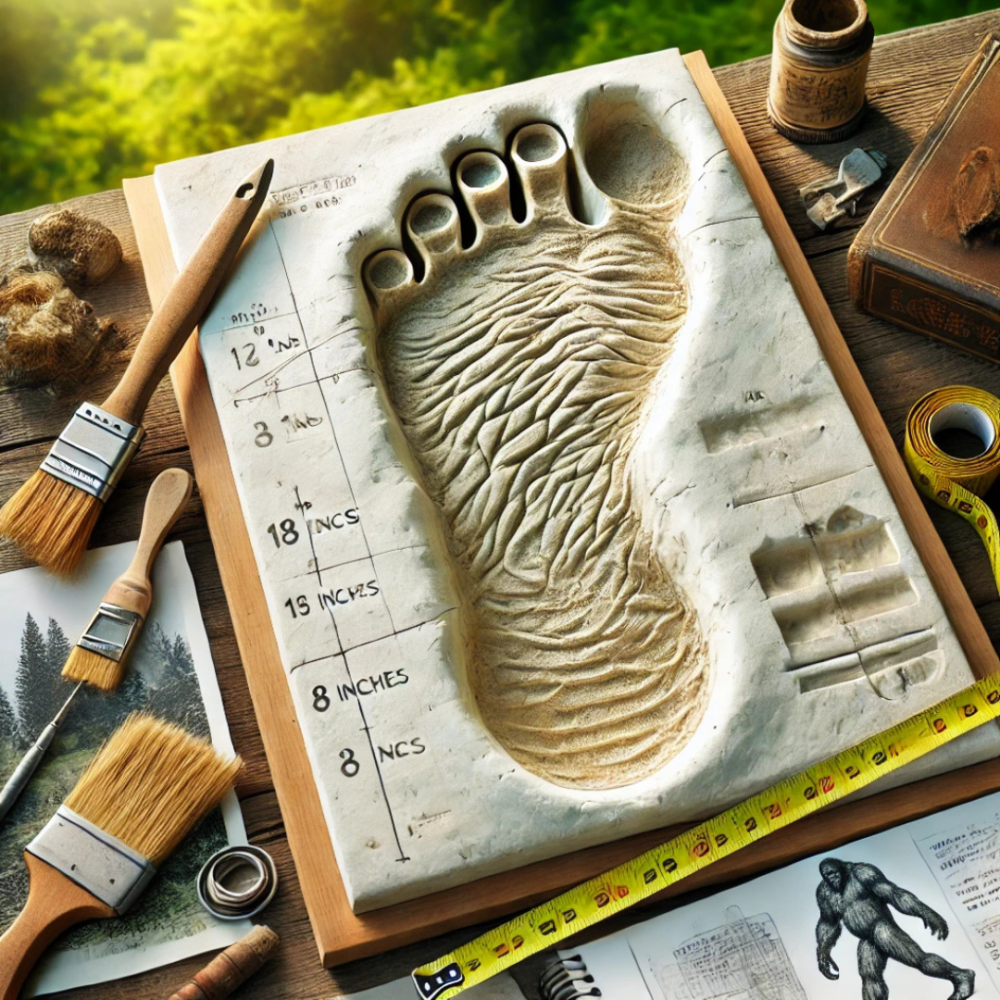
Bigfoot’s legendary footprints are one of the most widely reported pieces of evidence. These large tracks spark excitement, but many turn out to be misidentified animal prints or hoaxes—like the infamous wooden feet used to fake tracks.
Audio and Visual Evidence
From alleged howls to blurry videos, Bigfoot enthusiasts bring a variety of recordings to the table. However, these often lack the quality and context needed to be conclusive. Without clear footage or irrefutable sound samples, skepticism remains warranted.
For practical tips on identifying authentic signs of Bigfoot, check out Wildfoot’s Beginner’s Guide to Sasquatch Hunting. This guide teaches you how to analyze footprints, sounds, and other clues with a critical eye.
The Psychology of Bigfoot Belief
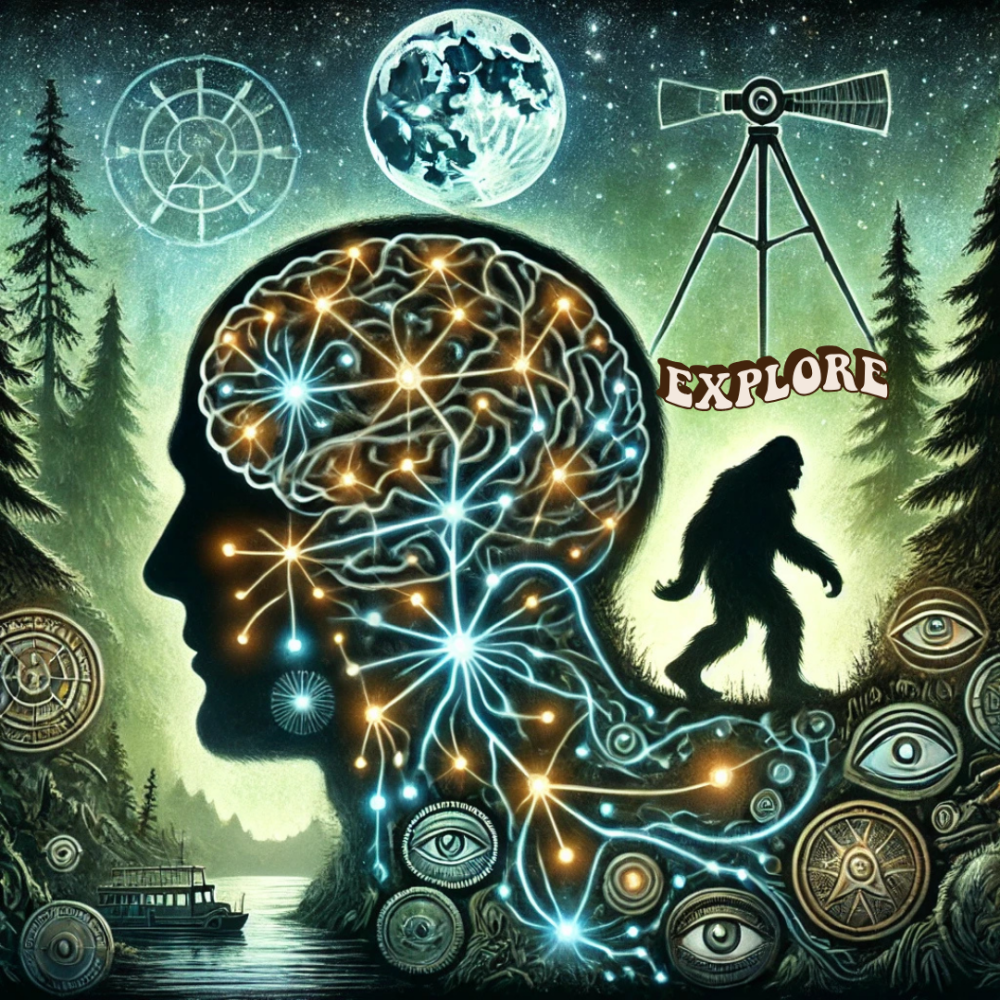
Why do so many people believe in Bigfoot? The answer lies in human psychology:
- The Thrill of the Unknown: Bigfoot symbolizes adventure and mystery, fueling our desire to explore beyond the ordinary.
- Confirmation Bias: Believers often focus on evidence supporting their views while dismissing contradictory information.
- Pattern Recognition: Our brains are wired to find patterns, leading us to interpret ambiguous sounds or shapes as proof of Bigfoot.
Want to learn more about the psychological factors behind these beliefs? My book, Exploring the Mind: Understanding Why People Believe in Bigfoot, breaks down how our brains shape these perceptions.
Start Your Bigfoot Journey Today
Skepticism is essential when exploring Bigfoot claims, but that doesn’t mean you can’t enjoy the mystery. Whether you’re drawn to Sasquatch as a cultural icon or want to head into the field, there’s plenty to discover.
- For insights into Bigfoot’s cultural and psychological roots, read Exploring the Mind: Understanding Why People Believe in Bigfoot.
- If you’re ready to start tracking signs and exploring Bigfoot hotspots, grab Wildfoot’s Beginner’s Guide to Sasquatch Hunting.
Why These Books Are Must-Reads:
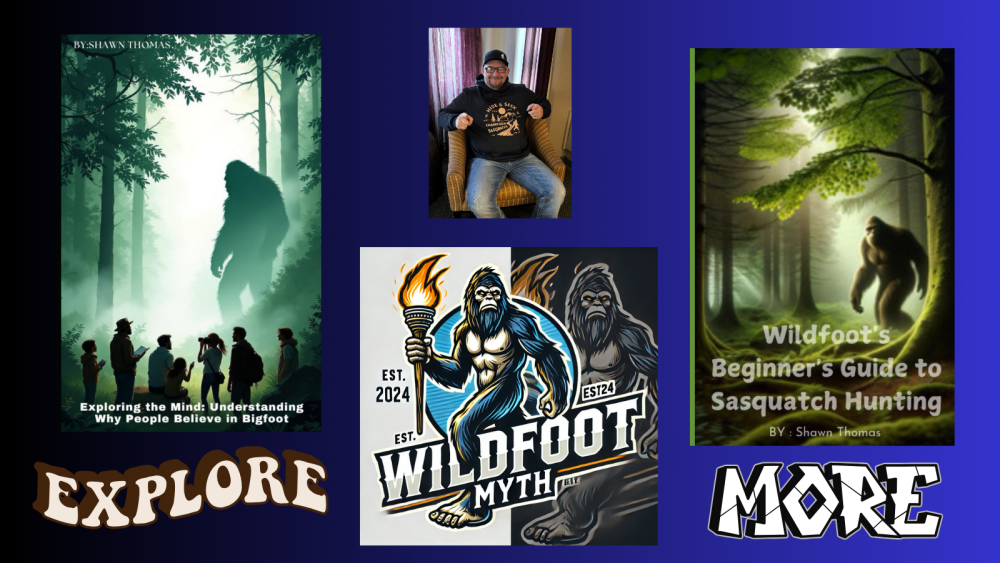
- Exploring the Mind: Understanding Why People Believe in Bigfoot:
- Dive into the cultural history and psychology of Bigfoot.
- Explore why humans are drawn to cryptids and the unknown.
- Gain new perspectives on belief and skepticism.
- Wildfoot’s Beginner’s Guide to Sasquatch Hunting:
- Learn practical tips for tracking and exploring.
- Understand how to analyze footprints, sounds, and signs.
- Start your own Bigfoot adventure with confidence.
Bigfoot’s story is more than just a legend—it’s a reflection of our innate curiosity and the human spirit of discovery. Whether you’re a skeptic or a believer, these books offer a comprehensive look into the world of Sasquatch.
So, what do you think? Could Bigfoot be out there, or is it an enduring legend? Share your thoughts below, and let’s keep exploring the unknown!
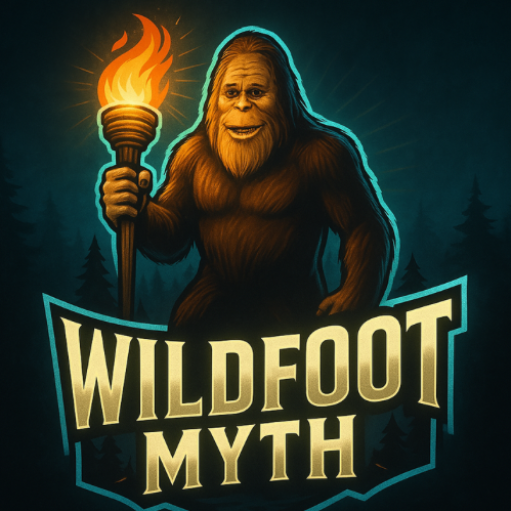
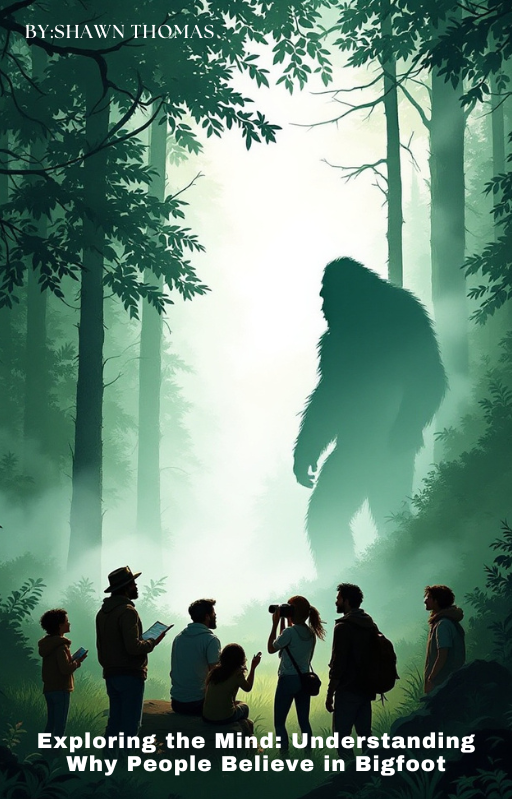
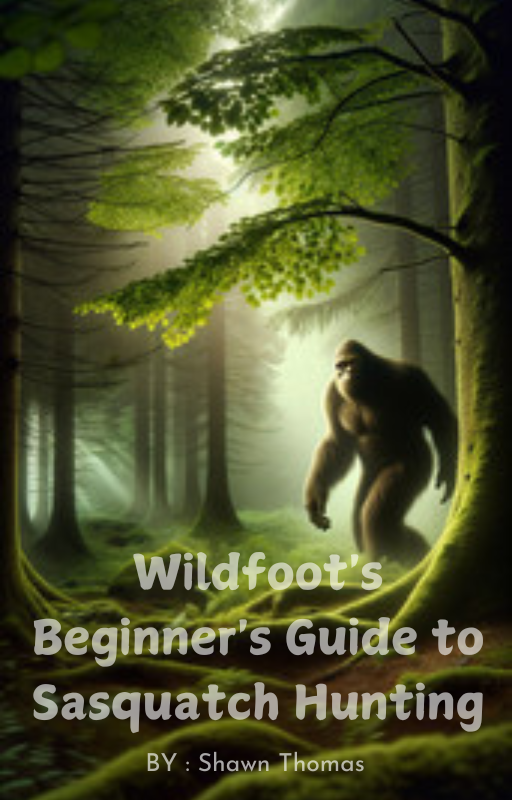




This is a fascinating read, Shawn! I’m curious—how do you think the stories passed down by Native American tribes about Sasquatch compare to the global myths like the Yeti? Are there specific traits or themes that overlap across cultures, or do you think each legend developed independently? Also, how much do you think modern pop culture has shaped our current understanding of Bigfoot compared to these ancient narratives? Would love to hear your thoughts!
Hi Herman, thank you so much for your kind words and thoughtful questions! It’s fascinating to see how the legends of Sasquatch and similar creatures like the Yeti weave through various cultures worldwide. Many Native American tribes describe Sasquatch as a guardian of the forest, often attributing it with wisdom and a deep connection to nature. Similarly, in Himalayan lore, the Yeti is often regarded as a spiritual being or protector of the mountains, which hints at overlapping themes of respect for the wilderness and its mysteries.
As for whether these legends developed independently or share a common root, I believe it’s a bit of both. The universality of wild, humanoid figures in folklore could stem from shared human experiences and archetypes, like the mystery of the unknown or the need to explain strange sightings. However, the specific details—like Sasquatch being forest-dwelling and the Yeti thriving in snowy regions—likely evolved to reflect each culture’s unique environment and worldview.
Modern pop culture has undeniably influenced how we perceive Bigfoot today. Movies, books, and TV shows have amplified the image of Bigfoot as a mysterious and sometimes friendly creature, often blending entertainment with traditional lore. This can obscure the original narratives but also keeps the legend alive in new and creative ways.
I’d love to hear your perspective on this! What do you think about the balance between preserving ancient stories and embracing modern interpretations?
Reading through this exploration of Bigfoot’s origins and the analysis of evidence made me curious about how the perception of Bigfoot has evolved over time. Are there any key historical shifts in how the legend has been portrayed – say, from being a local folklore figure to a modern pop-culture icon? Additionally, I’m intrigued by the role of technology in either debunking or fueling these claims. With advancements in DNA analysis and high-resolution imaging, have any recent studies provided compelling evidence one way or another? It’s fascinating how such a legend can persist despite skepticism, and I wonder how much cultural or psychological factors contribute to keeping it alive.
Hi Slavisa, thanks for your insightful comment! Bigfoot’s evolution from local folklore to a modern pop-culture phenomenon is indeed a fascinating journey. Historically, the legend originated in Indigenous oral traditions, where stories of wild, mysterious creatures often had cultural or spiritual significance. In the 1950s, Bigfoot gained mainstream attention through reports like the Jerry Crew “Bigfoot” cast in California, which shifted the narrative from localized folklore to a national curiosity.
In the 21st century, technology has played a double-edged role. High-resolution imaging and DNA analysis have allowed researchers to scrutinize evidence more rigorously. For example, most alleged Bigfoot hair samples tested have been identified as coming from known animals, but these studies also highlight how challenging it is to capture definitive proof in the wild. At the same time, modern tools like trail cameras and drones have fueled interest, as they provide new ways to search for evidence, even if conclusive proof remains elusive.
Cultural and psychological factors are key to Bigfoot’s endurance as a legend. The allure of the unknown, combined with our tendency to find patterns or ascribe meaning to ambiguous phenomena, keeps the mystery alive. Media portrayals and online communities also play a huge role in sustaining the legend.
What aspect of Bigfoot’s history or its cultural impact intrigues you the most? I’d love to dive deeper into this with you!
I’ve been fascinated by Bigfoot for years, but I’ve always been cautious about accepting everything I read. This piece does a great job of presenting the evidence and then thoughtfully examining the weaknesses and alternative explanations.
I liked the section on how easy it is to misinterpret blurry photos and audio recordings – I’ve seen some supposedly “definitive” evidence that clearly didn’t hold up to scrutiny.
It’s great to see a piece that encourages critical thinking without completely dismissing the possibility. Keeps the mystery alive in a healthy way! Cheers 🙂
Hi Dan,
Thank you for your thoughtful comment and for taking the time to share your perspective! I’m glad you enjoyed the piece and found value in the balanced approach to Bigfoot evidence. Encouraging critical thinking while keeping the mystery alive is exactly what I aim for, so it’s wonderful to hear that resonated with you.
You’re absolutely right about blurry photos and audio recordings – they can be fascinating but often leave us with more questions than answers. It’s a challenge to navigate between skepticism and belief, and I appreciate your open-minded approach.
Cheers to continuing the search for the truth and keeping the Bigfoot mystery alive in a thoughtful way! 🐾
Warm regards,
Shawn